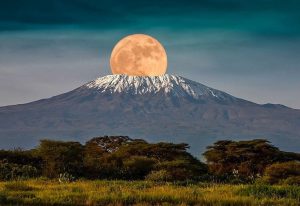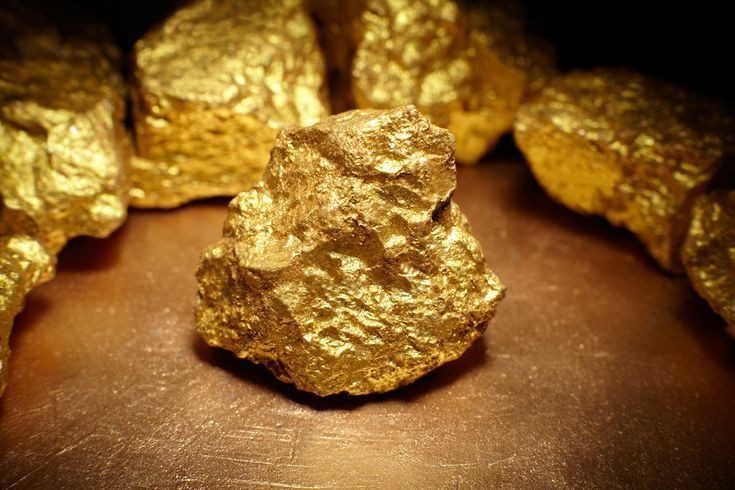The ice cap of Africa’s highest peak, Mount Kilimanjaro, located in Tanzania is among the world-famous glaciers that have been predicted by the United Nations, and UN experts to melt in the year 2050, because of the effects of Climate Change.
Apart from the effects of the changes in weather conditions such as humidity and warmer air, the rapid disappearance of the glaciers of Mount Kilimanjaro is not unconnected to the activities of deforestation in the Kilimanjaro region for firewood, charcoal making, and agriculture purposes.
Glaciers in Africa will likely be affected the most by climate change. According to the United Nations Educational, Scientific and Cultural Organization, UNESCO data, glaciers in all World Heritage sites on the continent will “very likely” be gone by 2050, including Kilimanjaro National Park and Mount Kenya.
Around October 2022, a UNESCO report specifically stated that “major glaciers across the world, including those in the Dolomites in Italy, Mount Kilimanjaro in Tanzania and Yosemite and Yellowstone parks in the U.S., will be gone by 2050 even if global greenhouse gas emissions are reduced.
These melting of ice and snow have been listed by a report from a panel on climate change, to be among the serious threats of climate change.
Effect
-One effect of the shrinking ice cap is that there would be a shortage of water. Millions of people around the world would experience the scarcity of water.
-Another effect is that the risk of experiencing natural disasters would be increased. Disasters like floods, which may be caused by rise in sea level caused by the ice melting into the sea. This would lead to many people being displaced from their homes.
-This rising sea level could also increase coastal erosion.
-Again, glaciers and ice caps are the most significant sources of drinking water for human beings, therefore, the loss of freshwater from glaciers means there would be less clean water for humans to drink, less water for crops and also less water to use in electricity generation.
-The hotness of the Earth; the glaciers and ice caps are known to be a source of cooling system for the earth, the shrinking of these ice caps has made the earth’s temperature to increase. That is why humans experience hotness as a means of global warming.
-For the Tanzanians, the shrinking ice caps has made the rise of the country’s tourism industry to drop. Mount Kilimanjaro is seen as a symbol of good fortune, as it has nurtured life in the region and also developed their tourism industry. But as this ice continue to shrink, there are tendencies that it’s tourism industry would lose its importances.
Solutions
Haven identified some of the effects of the melting ice caps of Mount Kilimanjaro, there is a need for us to look at some possible solutions to these shrinking ice caps.
-Conservation of natural resources
Conserving water, electricity, fossil fuels and all other forms of natural resources would help to lighten the burden on the ice caps, and this is a possible solution to preserving it.
-Create awareness of the need to protect the glaciers and ice caps from melting.
A good percentage of people do not know or understand the importance of the ice caps to humans; therefore, it would be of great benefit if there would be awareness programmes that would educate people on the importance of the ice caps.
-Replace combustion engines with hybrid engines
-Humans should Plant more trees and stop or reduce drastically the usage of plastics.
-Strict Policies and Actions by concerned Agencies
For the ice caps not to entirely disappear, international organizations and agencies, Government and Non-Government Organizations, stakeholders and policymakers should take serious action against reducing pollution, usage of fossil fuels, mining and deforestation.a
Human activities on nature’s gifts should not be the reason why humans suffer. The shrinking of the ice caps is one such truth about how the activities of Humans have brought suffering to Humans.
Though it may seem difficult for us to stop the process of the shrinking ice caps, people can learn to care for the planet and choose sustainable and responsible approaches to life activities.



